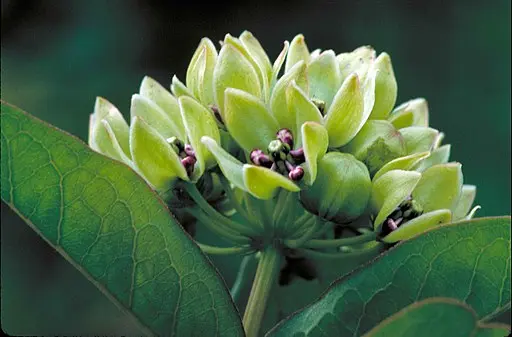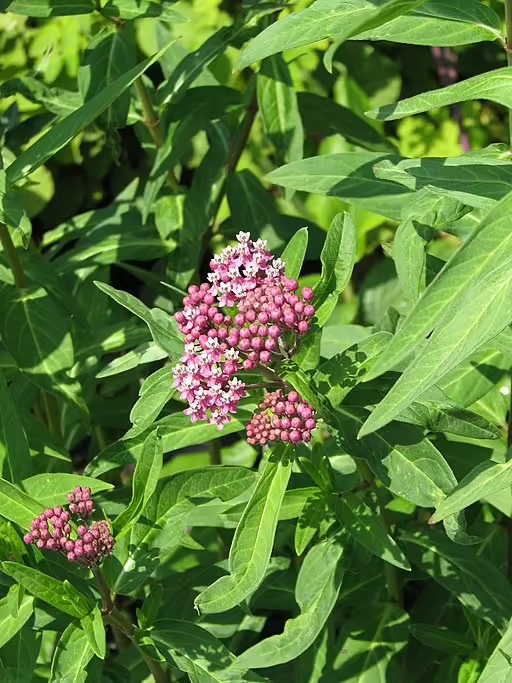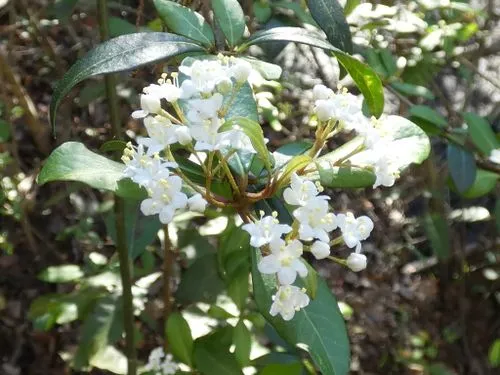Table of Contents for Kumquat (Citrus japonica)
Kumquat (Citrus japonica) is a tree that is native to Eastern China. This plant is a host to the Chinese Peacock (Papilio bianor) in its native range and many other swallowtails in introduced areas. It is also an important nectar source for other insects. Growing from 7 to 16 feet tall, this species grows in forests, but is heavily cultivated elsewhere. The white flowers bloom from March to June and the plant is hardy in USDA hardiness zones 9-11.
Taxonomy and Naming of Kumquat (Citrus japonica)

Taxonomy
Kumquat (Citrus japonica) was first named and described by Carl Peter Thunberg, a Swedish botanist, in 1784. Through the years this plant has had many names and there has been disagreement about whether it is a species. However, most authorities consider it to be the species as named by Thunberg and as such still has the same name and is a member of the Rue Family (Rutaceae).
Meaning of the Scientific and Common Names
Scientific Name
The genus name, Citrus, is Latin for “citron tree.” (etymonline.com) The species name, japonica, comes from the Latin word for what was thought to be native location of the plant (Japan).
Common Name and Alternative Names
The common name comes from the name of the fruit. Some other common names are kim kat, golden bean, summer orange, and wild orange (Hooper 1929).
Physical Description

- Plant Type: This plant is a tree.
- Height: 7 to 16 feet tall
- Stem: The stems are spiny.
- Leaves: The evergreen leaves are alternate, ovate-ellitic to lanceolate in shape, have entire margins, and are 1.5 to 4.5 inches in length and 1 to 2 inches in width. The leaves are leathery and have winged petioles (Flora of China).
- Flower color: white
- Blooming period: This plant blooms from March to June.
- Fruiting type and period: This plant has orange fruits that mature from October to February.
Native Range of Kumquat in Asia

Retrieved 18 October 2023.”
This species is native to eastern China. It has been introduced to numerous places in the world including Korea, Japan, Vietnam, Assam, California (USA), Cuba, Dominican Republic, Gambia, Puerto-Rico, Haiti, and Trinidad-Tobago.
Habitat

This species grows in broadleaf forested areas in China (Flora of China). It is also a popular container plant and is cultivated for its fruit.
Hosted Insects

This genus is a host to many species of swallowtails (Papilio spp.). In its native range it hosts the Chinese peacock (P. bianor). In places where it has been introduced it hosts the ruby-spotted swallowtail (P. anchiasiades), Bahaman swallowtail (P. andraemon), Schaus’ swallowtail (P. aristodemus), banded swallowtail (P. demolion), and the Krishna peacock (P. krishna) (Wikipedia).
Other Supported Wildlife

This species is an important nectar source to other butterflies, skippers, bees, and wasps.
Frequently Asked Questions
Does this plant have any ethnobotanical uses?
This species has been used by the Chinese for its fruit, syrups, and for medicines (Hooper 1929).
How is this plant distinguished from other Citrus members (Citrus spp.)?
The small amount of locules (3 to 4) and ovules (3 to 4) in the fruit separates this species from other members of the citrus that generally have more that 6 locules and many ovules in the fruit (Flora of China).
Is this plant invasive?
This plant has not been noted as being invasive in the literature, though it has been introduced throught the world.
Gardening with Kumquat

Hardiness
This species is hardy in zones 9-11. If your garden is within these zones and you have the right growing conditions (soil, moisture and exposure), you may well be able to grow this plant. However, if planted outside of its range, the hosted species may not recognize the plant or be harmed by ingesting a different species with an unfamiliar chemical composition.
Optimal Conditions
This species grows in full sun in medium well-drained soil.
References
- Hooper, David. 1929. On Chinese Medicine: Drugs of Chinese Pharmacies in Malaya. Gardens’ Bulletin, Straits Settlements 6:(1): 1-154.


